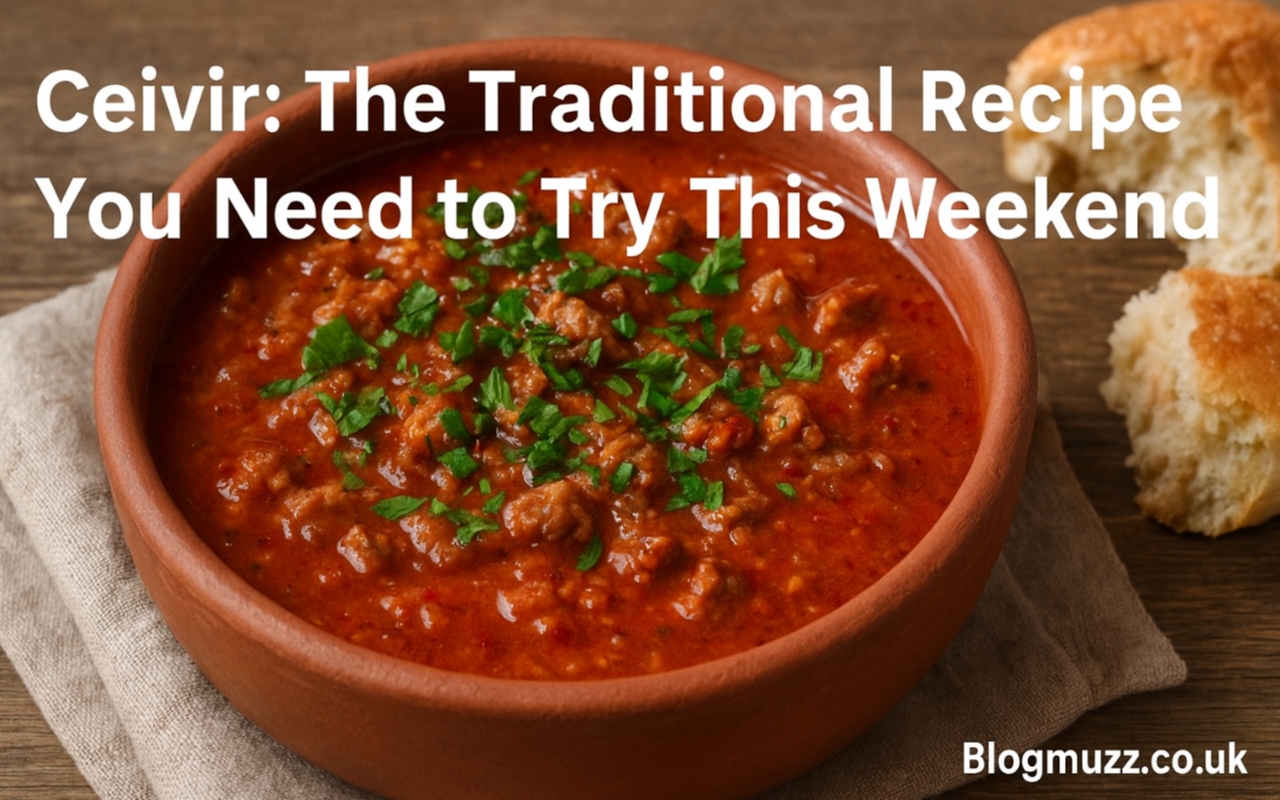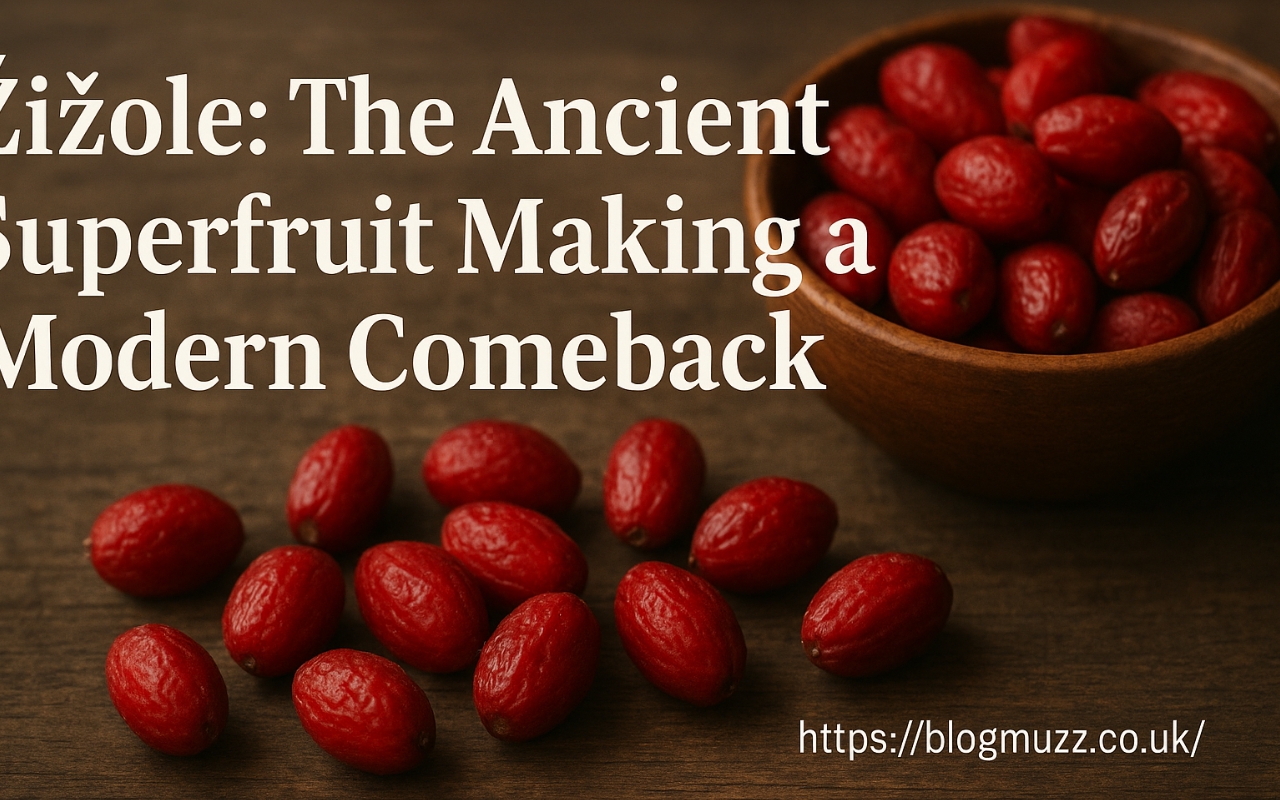Food has always been more than just sustenance—it’s a story, a culture, and a reflection of generations of tradition passed down through time. One such dish that beautifully embodies this heritage is ceıvır—a traditional recipe that has become a favorite among food lovers for its rich flavors, unique preparation style, and deep cultural roots. Whether you’re an adventurous foodie or simply someone who enjoys trying authentic recipes, ceıvır is one dish you absolutely need to make this weekend.
In this comprehensive guide, we’ll dive deep into the origin, preparation, ingredients, variations, and cultural significance of ceıvır, helping you understand not just how to make it—but why it’s so beloved.
The Origins of Ceıvır – A Culinary Legacy Passed Through Generations
Every traditional dish has a story, and ceıvır is no exception. Its roots trace back to centuries-old regional cooking traditions, where slow-cooked meals prepared with love were a symbol of family unity and hospitality. In many cultures, ceıvır was more than just a dish—it was a celebration meal prepared during festivals, gatherings, or special occasions.
The name ceıvır itself is believed to have originated from an old dialect word meaning “to turn” or “to rotate,” referring to the method of cooking where the dish is slowly turned or stirred to allow even cooking and deep flavor infusion. This simple cooking philosophy—taking time, patience, and care—remains at the heart of every ceıvır recipe even today.
What Makes Ceıvır Special?
What truly sets ceıvır apart from modern fast food is its authenticity. Unlike quick, processed meals, ceıvır relies on natural ingredients, time-tested techniques, and slow cooking methods. The dish usually combines meat, grains, or vegetables with aromatic spices that create an unforgettable flavor profile.
But the magic of ceıvır lies in its versatility. It can be customized to suit regional tastes—some versions are meat-heavy, others vegetarian; some are spicy and bold, while others are mild and comforting. The common thread among them all is the emphasis on balance, texture, and deep flavor.
Many who’ve tasted ceıvır describe it as a dish that “feels like home”—warm, filling, and deeply satisfying.
The Essential Ingredients You’ll Need to Prepare Ceıvır
The beauty of ceıvır is that it doesn’t demand exotic ingredients—just simple, fresh, and high-quality items that work together harmoniously. While recipes vary, a traditional ceıvır typically includes:
- Protein: Most classic versions use lamb, beef, or chicken, although fish and vegetarian variations exist.
- Base: A mix of rice, bulgur, or lentils serves as the hearty foundation.
- Vegetables: Onions, tomatoes, bell peppers, and garlic bring freshness and natural sweetness.
- Spices: A blend of cumin, paprika, turmeric, and black pepper enhances the flavor depth.
- Oil or Ghee: Adds richness and helps in slow cooking.
- Herbs: Fresh parsley, mint, or coriander for a final burst of aroma.
Each ingredient in ceıvır plays a role—nothing is unnecessary. When combined, they create a melody of flavors that’s rich, earthy, and comforting.
Step-by-Step Guide – How to Cook Authentic Ceıvır at Home
Cooking ceıvır might seem intimidating at first, but it’s surprisingly simple once you understand the process. Follow this step-by-step guide to prepare your own traditional ceıvır:
Step 1: Prepare the Ingredients
Start by chopping your vegetables and cutting your meat (if using) into small, uniform pieces. Wash your grains or lentils thoroughly to remove excess starch.
Step 2: Heat the Base
In a deep pan or pot, heat oil or ghee. Add onions and sauté until golden brown. This is the foundation of flavor.
Step 3: Add Aromatics
Add garlic, tomatoes, and spices. Stir well until the aroma fills your kitchen—this is where the dish starts to come alive.
Step 4: Add Meat and Brown It
If you’re using meat, add it now and cook until it’s browned on all sides. This step locks in the juices and adds depth.
Step 5: Add Grains or Lentils
Stir in rice, bulgur, or lentils. Mix thoroughly so that every grain absorbs the flavors of the spice blend.
Step 6: Simmer Slowly
Pour in enough water or broth to cover everything. Lower the heat and let it simmer gently for about 30–45 minutes, stirring occasionally.
Step 7: Taste and Adjust
Season with salt, pepper, and any other desired spices. The beauty of ceıvır lies in adjusting it to your own palate.
Step 8: Garnish and Serve
Top with fresh herbs and serve hot with bread, salad, or yogurt on the side.
Regional Variations of Ceıvır
Like many traditional dishes, ceıvır has evolved into various regional forms across different cultures. Some areas prepare it as a stew, while others as a dry pilaf-style dish. Here are some of the most popular variations:
- Anatolian Ceıvır: Rich in spices, often featuring lamb and bulgur.
- Mediterranean Ceıvır: Uses olive oil, fresh herbs, and seafood for a lighter touch.
- Vegetarian Ceıvır: Focuses on lentils, chickpeas, and vegetables, making it perfect for plant-based eaters.
- Street Food Ceıvır: Served in wraps or with flatbread for a quick yet hearty meal.
These versions highlight how ceıvır adapts beautifully to different environments and tastes while staying true to its traditional roots.
The Cultural Significance of Ceıvır
In many cultures, ceıvır isn’t just food—it’s a symbol of togetherness. It’s the dish that brings families together on weekends, shared among friends during celebrations, and served with pride at community gatherings.
Preparing ceıvır traditionally involves multiple people working together—chopping, stirring, tasting, and sharing stories along the way. This communal aspect makes it not just a recipe but an experience of bonding and love.
It’s also considered a comfort food. Whenever someone returns home after a long absence, a plate of ceıvır often welcomes them back—a gesture of warmth, care, and familiarity.
Nutritional Value and Health Benefits of Ceıvır
Beyond its incredible flavor, ceıvır is also a nutritionally balanced dish. The combination of proteins, grains, and vegetables provides a complete meal rich in essential nutrients.
- High in Protein: The meat or lentils used provide strength and muscle support.
- Fiber-Rich: Grains like bulgur or rice aid digestion and promote gut health.
- Packed with Vitamins: Onions, tomatoes, and herbs offer vitamins A, C, and K.
- Low in Processed Fats: Traditional ceıvır uses natural fats, making it a heart-friendly option.
If prepared with minimal oil and lots of fresh ingredients, ceıvır can easily fit into a healthy diet, offering both taste and nutrition.
Tips to Make Your Ceıvır Perfect Every Time
While ceıvır is simple, a few tips can make the difference between a good dish and a great one:
- Use Fresh Ingredients: The flavor of ceıvır heavily depends on ingredient quality.
- Don’t Rush the Process: Let it simmer slowly—this is where the magic happens.
- Taste Often: Adjust spices as you cook; ceıvır is all about personalization.
- Add a Splash of Lemon: A squeeze of lemon juice can brighten the final flavor.
- Serve Hot: Like many traditional dishes, ceıvır tastes best when served fresh.
How Ceıvır Connects the Past and Present
In today’s fast-paced world of instant meals and takeout, making ceıvır is like taking a step back in time—one that reminds us of patience, tradition, and care in cooking. It connects us to generations before us who cooked with intention and pride.
Interestingly, ceıvır has also found a place in modern cuisine. Many chefs now reinterpret the traditional recipe, infusing it with new ingredients or presenting it in creative ways. This blend of old and new keeps ceıvır relevant, proving that good food never goes out of style.
Ceıvır – A Weekend Dish Worth Every Minute
When you prepare ceıvır this weekend, remember that you’re not just cooking a meal—you’re reviving a centuries-old culinary tradition. Every aroma, every flavor, and every spoonful carries with it a story of family, culture, and love.
So clear your schedule, gather your ingredients, and give yourself the joy of making ceıvır from scratch. Once you take that first bite, you’ll understand why this dish continues to be a timeless favorite across generations.
Conclusion
Ceıvır is more than just a dish—it’s a culinary heritage that continues to inspire home cooks and chefs alike. With its rich history, mouthwatering flavors, and heartwarming preparation process, ceıvır captures the essence of traditional cooking. Whether you make it for your family, friends, or simply yourself, it promises satisfaction in every bite.
So this weekend, step into your kitchen, take your time, and embrace the art of ceıvır—a dish that proves that love, patience, and tradition are the most important ingredients of all.


